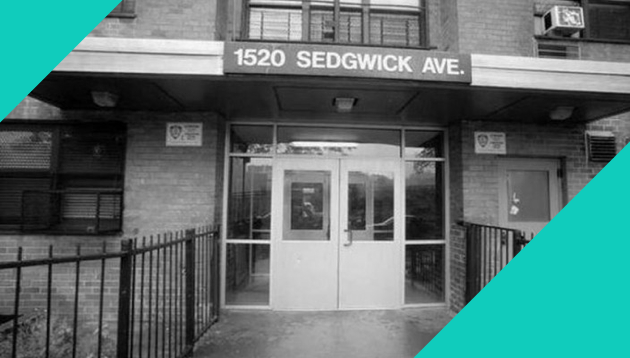+ This lesson is taken from Soundfly’s The Art of Hip-Hop Production. To access the rest of this course, plus hundreds more videos and tutorials on beat making, mixing, songwriting, theory, and more, subscribe here.
In the era of highly-produced disco music, hip-hop was a breath of fresh air.
People have been speaking and reciting stories over drums since the beginning of time. By simplifying the production to just a few elements, looping them, and speaking over that, it was like early pioneers of the genre were tapping into the ancient roots of music.
The simplicity that came from focusing on drums, bass, and a little bit of percussion resulted in a minimalistic approach to music making that starkly contrasted other styles.
While the tools have changed over time, the essential toolkit hasn’t expanded all that much. You need a way to make a beat, maybe sample a record, add some bass, and loop it. Hip-hop is a minimalist style of music, and we see where that came from in Charles Burchell’s video above, courtesy of his course, The Art of Hip-Hop Production.
The Power of the Loop
DJ Kool Herc’s merry-go-round technique of looping breaks from records was groundbreaking. As we’ll see later in the course, this idea of using other material is still very alive, and as powerful as ever. From the very first Akai MPC to the most modern audio sampling and production software, the idea of looping four to eight bars of music has changed the way we think about making music.
Now, we tend to create smaller phrases as we sketch out our ideas. This has been reflected in the tools we use as well. Programs like FL Studio and Ableton Live were developed around the idea of recording and performing with loops. While the complexity of the tools has certainly changed, the importance of the loop remains.

As hip-hop continued to develop from house parties to actual recordings, the idea of the loop remained consistent. As previously mentioned, hip-hop’s storytelling origins come from West African traditions of drum circles and griots.
The repetition of syncopated drum rhythms would create a trance-like state for the audience as the griot spoke.
Similarly, as rapping developed, crowds would form circles around aspiring emcees who would often rap with only the accompaniment of a beatboxer. These gatherings became known as “ciphers” which alludes to the dual definitions of the term: a circle or zero, and a way to hide secret codes.
The cipher represents many things, but we touch on that later in our course; the first and most important element we will explore is the loop and why making a good loop is essential to producing a great hip-hop song — just as it has always been.
When it comes to producing hip-hop music, it all boils down to the power of your loop!
Don’t stop here!
Continue learning with hundreds of lessons on songwriting, mixing, DIY home recording and production, composing, beat making, and so much more in Soundfly’s courses with artists like Jlin, RJD2, Ryan Lott, Kiefer, and Charles Burchell’s The Art of Hip-Hop Production.



